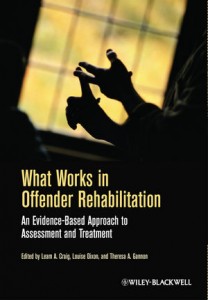FRANCE CULTURE, les nouveaux chemins de la connaissance: “La culpabilité” : Faites entrer l’accusé (03/07/2013)
Par Adèle Van Reeth; Réalisation : Somany Na; Lectures : Georges Claisse
Après le Péché originel lundi et le sentiment de culpabilité, hier mardi, avant la possibilité du pardon, demain jeudi, pour ce troisième temps de notre semaine consacrée à la culpabilité, c’est le magistrat Denis Salas, qui vient nous expliquer en quel sens l’innocence et la culpabilité, loin d’être convictions subjectives, sont ou ne devraient être, que des constructions sociales et juridiques.
Références musicales:
- Miles Davis, Assassinat
- Bruno Letort, Les Cendres du Paradis
- Alain Bashung, Je tuerai la pianiste
Extrait:
- Vol au dessus d’un nid de coucou, film de Milos Forman (1987)
Lectures:
- Albert Camus, L’étranger (Pléiade 2006)
- Franz Kafka, Le procès (Pléiade )
Invité(s) : Denis Salas, magistrat. Secrétaire général de l’Association française pour l’histoire de la justice. Directeur scientifique des Cahiers de la Justice, édités par l’École nationale de la magistrature. Membre du Centre d’études des normes juridiques à l’École des hautes études en sciences sociales


 This comprehensive volume summarizes the contemporary evidence base for offender assessment and rehabilitation, evaluating commonly used assessment frameworks and intervention strategies in a complete guide to best practice when working with a variety of offenders.
This comprehensive volume summarizes the contemporary evidence base for offender assessment and rehabilitation, evaluating commonly used assessment frameworks and intervention strategies in a complete guide to best practice when working with a variety of offenders.